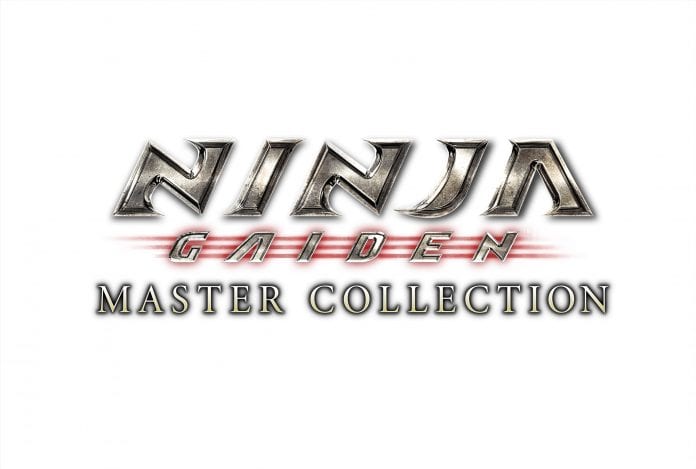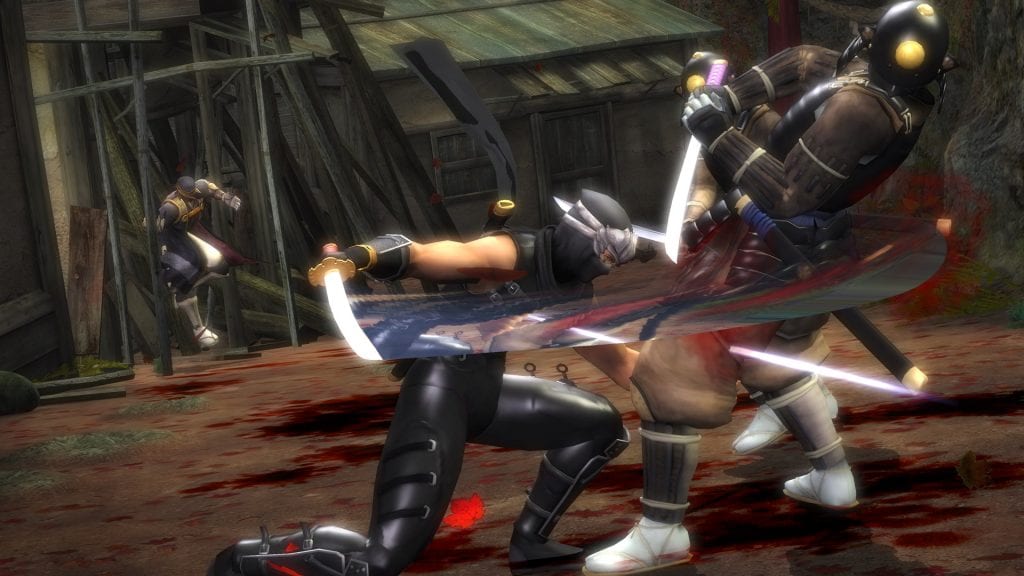*Disclaimer: Ninja Gaiden: Master Collection review code was provided by Koei Tecmo for the purposes of this review. That being said, all opinions expressed in this review are entirely that of the author.
Making its debut as a simultaneous arcade and NES release in 1988, Ninja Gaiden, a side-scrolling beat-em-up, quickly became infamous for its intense and difficult gameplay. Not a lot has changed in the past 30+ years. With over 15 releases in the franchise, Ninja Gaiden has proven time and time again that challenging and intense difficulty can lead to a rewarding and truly engaging experience. Or at least that’s what everyone tells me.
Full disclosure here, I am not a Ninja Gaiden fan. In fact, I’ve never played any of them except for that 10-minute demo of Razor’s Edge that I downloaded on Xbox 360 a decade ago when I couldn’t afford to actually buy any games. All I know is that these games are meant to be really, really hard. And that’s not wrong.
I finally got a chance to try the franchise with Koei Tecmo’s recent Ninja Gaiden: Master Collection, which bundles together the three mainline 3D entries into the franchise: Ninja Gaiden Sigma, Ninja Gaiden Sigma 2, Ninja Gaiden 3: Razor’s Edge, and all of their respective DLC. This collection ports these previously critically-acclaimed games to modern consoles and PC.
Without further ado, let’s get into reviewing each of these games, considering how they hold up in 2021.
Ninja Gaiden Sigma
The franchise’s first foray into the world of 3D, Ninja Gaiden Sigma (originally released as just Ninja Gaiden for the original Xbox) was met with very favourable reviews upon release, with outlets claiming that the dormant franchise had finally been revived, bringing its arcade roots to the modern day. Looking at it now, it’s easy to see exactly what critics meant. In almost every way, Ninja Gaiden Sigma feels like a classic NES game with semi-modern gameplay mechanics. This isn’t necessarily a good thing, however.
Let’s start off with the things I liked about Sigma. While the game is undoubtedly very hard (we’ll get onto this), there is an undeniable sense of progression throughout the game, both literally from a game design perspective, and figuratively with regards to one’s playstyle. As you progress through each of Sigma‘s 19 stages, new weapons and combo techniques are picked up around the environment. While these new moves can be a little tricky to pull off in most cases, the general sense of progression is definitely present and you’ll often feel as though you are getting steadily stronger and more capable with every combat encounter.
This general sense of progression extends to the map and stage design which uses a Resident Evil-like lock-and-key system in some of the more open-ended areas. Here you’ll be given free-roam around an environment, with locked doors indicating the route necessary for progression. This mechanic is extremely simple and is used to give the illusion of freedom more than anything else, but occasionally that illusion works and you temporarily feel that rush of excitement when you find a key that unlocks that one door at the beginning of the stage.
The combat itself is fairly responsive while also remaining highly kinetic. The gameplay straddles that line between the frantic arcade style of hack and slash reminiscent of titles like Devil May Cry, and something a bit weightier. Every slash fees deliberate and visceral, with blood being strewn across an environment with each hit and a powerful “thud” sounding when you finally defeat an enemy and they’re knocked to the ground. There are a few little details that help to make the game feel grounded and a little more high-budget (especially for the time) like blood lingering on an environment after an encounter.
The unfortunate truth I found with Ninja Gaiden Sigma was that with every positive aspect, a much more significant criticism would rear its head. For instance, the enjoyable map and stage design is only true for maybe one or two stages. In most, that natural sense of progression is soon lost entirely as you are forced to replay the same section of the game over and over again.
So, Ninja Gaiden is hard. Difficult to the point of frustration and aggravation. The word “unfair” came to mind a lot during my playthrough of the game. What makes Ninja Gaiden Sigma harder than any other game I’ve played, to the point where it actively began to ruin any enjoyment I was having with the game, is the sheer amount of enemies that are thrown at you, their health, your health, and the checkpoint system.
I also found Sigma somewhat repetitive. While the environments may be nicely varied and the combat does feel visceral, it can’t be denied that the game feels extremely repetitive after about an hour or so. Enemies lack variation in their physical designs, but also primarily in the way they function. You deal with every enemy, every boss, in exactly the same way, using exactly the same combos. Besides some very light platforming, the game revolves around these repetitive combat encounters. This gameplay loop can’t be offset with the minimal progression of the game, leading to a feeling that this isn’t really worth the grind. If your only reward for slogging through a gruelling 15-minute combat encounter is more of the same, then you start to question why you’re still playing.
The checkpoint system seems to serve solely to rub salt in the wound. Throughout the game you’ll come across some stone dragon altars. These act as checkpoints where you can save your game and are impossible to miss. The only problem is, these are extremely rare, meaning that if you die, which you will, a lot, then it’s back to the checkpoint for you. At its best, dying will set you back around 15 minutes of progress. At its worst, you could be sent back to the start of the stage, over 45 minutes ago in some cases. It wasn’t fun in the NES-era, and it’s not fun in 2021.
In talking about things that are dated outlooks, the female characters are a tad problematic. Without going into too much detail, every female character model (even the monstrous bosses) is wearing minimal clothes and uses very outdated boob physics. Think Dead or Alive, but somehow even worse.
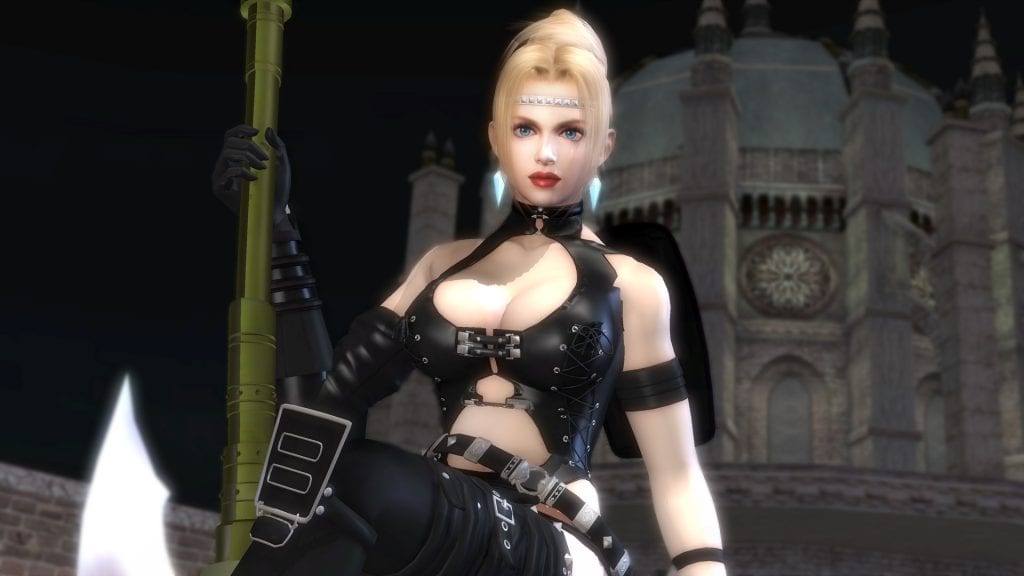
All in all, Ninja Gaiden Sigma is a game that just wasn’t a fun experience for me. With some overly punishing checkpoints and some extremely repetitive gameplay, Sigma left me feeling frustrated and oddly angry. I really wanted to like this game, and for the first few hours I did. But the frankly unfair difficulty is guaranteed to be too much for most players, especially newcomers to the franchise or hack and slash genre. Along with some dated controls and visuals and you have yourself a game that definitely had its place in 2007, but I’m not so sure about 2021.
Verdict: 6/10
Ninja Gaiden Sigma 2
The next instalment in the Master Collection, Ninja Gaiden Sigma 2, originally released for Xbox 360 back in 2008. This jump between generations is immediately evident, with Sigma 2 appearing much more high-budget and contemporary in every possible aspect. For example, the gory effects of Sigma that I praised are turned up to eleven here, with dismemberment now appearing as one of the combat’s primary mechanics. Finishing moves, called “Obliterations”, take centre stage of the generally refined combat. A simple one-button prompt will allow Ryu to stylishly slice off heads and limbs in an extremely brief second-long cinematic. The ability to perform this finishing move so frequently (the moment an enemy’s limb falls off) adds an element of reward that was so sorely missing in the previous entry. Now every fight feels like a frantic, but achievable, race to de-limb and execute the enemies in front of you.
Sigma 2‘s level design improves on its predecessor immensely. Every stage generally follows the same formula: combat encounter, platforming segment, combat encounter, platforming segment, boss. But Sigma 2 is much more focused. It does away with those open-ended levels, instead choosing to narrow the scope of the stages, for the better. While this narrowed focus does lead to the game feeling much more linear and arcade-like, it also leads to each combat encounter and platforming section feeling deliberately designed. Pairing this with a refined movement system and more responsive controls that make platforming more forgiving and enjoyable, and you have yourself some very engaging and somewhat varied levels.
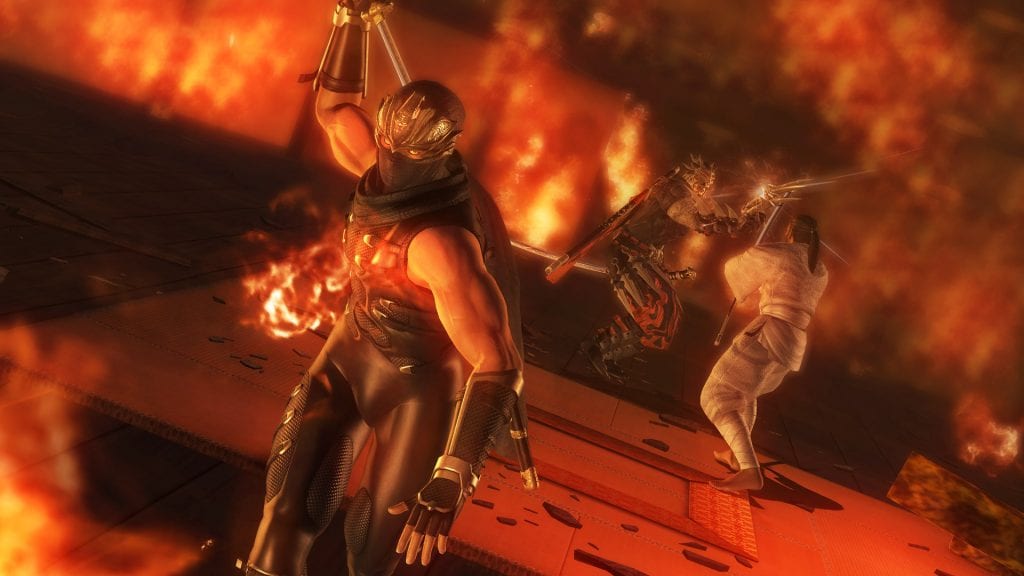
The greatest praise that I can give Sigma 2 is that it is actually fun. From start to finish, I enjoyed this game, quite a lot. While I can point to the game’s refined mechanics and tighter focus, this sense of enjoyment can be pinpointed to one simple element; Ninja Gaiden Sigma 2 is fair.
The core difference between Sigma 1 and 2 is its checkpointing and health mechanics. In the first game, health was replenished by using rarely found healing items or equally rare healing orbs dropped by some enemies. Their rarity meaning that you could enter some encounters with barely any health, essentially dooming you to failure and frustration before the fight had even begun. Sigma 2, on the other hand, replenishes your health after each encounter. An element of challenge is still present, however, as your health only regenerates to a certain point, dictated by how much damage you sustained during the fight. This is what keeps Sigma 2 fair and enjoyable. You’re no longer resigned to impending failure.
Of course, no game is perfect, and Ninja Gaiden Sigma 2 has a few minor issues that are worth addressing. First of which is the dated visuals. Whilst Sigma had some grainy textures, I could overlook it as it originally released four whole console generations ago. Sigma 2, on the other hand, doesn’t really have that excuse. Menu texts, health bars, on-screen texts and some general environmental aspects all suffer from noticeable grain. The environmental design in general is also a little underwhelming as although stages themselves take place in varied locations, the dull lighting of every environment only serves to blend them all together in my mind. This game definitely suffers from that classic dull, grey look that dominated the 7th generation of consoles. I blame Gears of War.
The fair combat, updated health mechanics, varied stages and environments, new weapons, bosses and a wide variation of unlockable combos all help to make Ninja Gaiden Sigma 2 feel much less repetitive than the first. Despite some minor nit-pick issues I had with it, Sigma 2 is a game that absolutely holds up in 2021 and is surprisingly welcoming to newcomers of the genre and franchise.
Verdict: 8/10
Ninja Gaiden 3: Razor’s Edge
The final game in the Master Collection, Ninja Gaiden 3: Razor’s Edge, takes all of the improvements made in Sigma 2 and simply presents them again in a shinier, more cinematic light. While Razor’s Edge doesn’t bring all that much new to the table, what it does serve up is another 20-ish hour, tight, intense experience that kept me engaged up until the very end.
Razor’s Edge takes the cinematic elements developed in Sigma 2 and propels them to new heights. Dismemberment is at its best here, with an absurd volume of blood spurting out of your opponents with every strike. Set pieces are now scattered throughout the game, with each stage having at least one moment of action-movie-like absurdity. You’ll be fighting atop an oversized VTOL, firing explosive arrows at a mechanical dragon, and running away from a robotic T-Rex, to name just a few. You may be left scratching your head after these moments of sheer absurdity, but the vast majority of these sequences are just undeniably fun.
Boss fights in general are also an area in which Razor’s Edge slightly improves on its predecessors. Each boss feels fairly unique and requires slightly differing strategies to defeat which keeps them engaging and an aspect of the game that you can look forward to. The camera angles used in some of the one-on-one boss fights creates a duel-like atmosphere, again providing some variation to the otherwise standard hack and slash gameplay that has been present in both Sigma and Sigma 2.
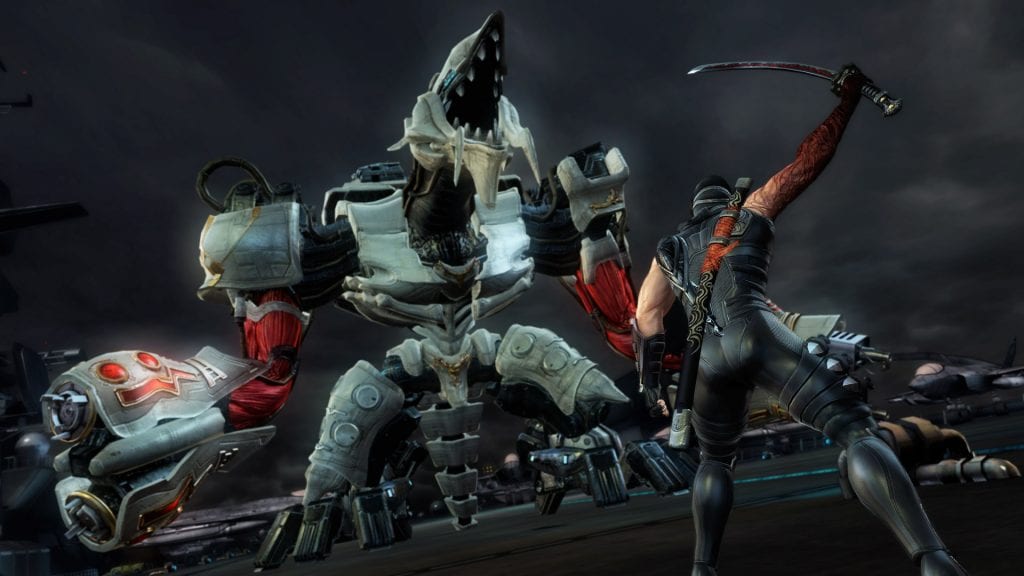
There is one key element of Razor’s Edge that doesn’t quite hit the mark nowadays, it’s overabundance of Quick-Time Events (QTEs). As was the case with every action-adventure game of the early 2010s, Razor’s Edge utilises QTEs wherever and whenever it can. Climbing a wall? QTE. Dodging missiles in the air? QTE. Doing literally anything in the final moments of a boss fight? Have another QTE. To be fair, while Razor’s Edge‘s QTEs are egregious, they do fit with the over-the-top action on-screen and provide an interactive way to enjoy these absurd set pieces. The only real downside to these QTEs is that they can slow the flow of the gameplay down quite a bit as combat sections are frequently interrupted with them. That being said, these QTEs are extremely quick and are very forgiving, so you shouldn’t find them too taxing.
With regards to other criticisms, much of the same points stand from Sigma 2; the environments are varied but the lighting makes everything look a little dull. Besides a sudden and confusing difficulty spike with the last boss, this game is another fair yet challenging, balanced, enjoyable hack and slash experience.
Verdict: 7.5/10
Overall Thoughts
Hey, you made it to the end, I’m proud of you. On the whole,the Ninja Gaiden: Master Collection provides plenty of bang for your buck, especially if you have an affinity for hack and slash games of the mid-late 2000s. A whole host of extra content is also packaged in to each entry including Ninja Trial modes, additional difficulties and challenge modes, giving you plenty of additional Hayabusa action if you want it.
From my experience playing on a base PS4, I have to say that these games ran extremely well. Despite some dated textures and sound effects, these games featured no noticeable framerate drops or chugging. Load times across the board are excellent, helping to keep frustrations over constant death at a minimal.
Overall, the Ninja Gaiden: Master Collection gives you simple ports of one very clunky, overly difficult game that you’ll likely only enjoy for nostalgia, and two very solid and enjoyable hack and slash games with visceral visuals and fluid combat.
Final Verdict: 7.5/10
Ninja Gaiden: Master Collection is available now on PlayStation 4, Xbox One, Nintendo Switch and PC.
